
The Enchanting Peak District: Britain's Natural Gem
Discover the Peak District: Explore stunning landscapes, historic sites, and charming villages in Britain's first National Park.
The Peak District, located in central England, is Britain's first National Park and an area of stunning natural beauty. It offers a mix of rugged landscapes, rolling hills, and charming villages that will leave you in awe. From picturesque valleys to dramatic moorlands, the Peak District is a haven for nature lovers and outdoor enthusiasts alike. Visitors can explore a variety of trails suitable for all levels, ranging from gentle strolls to challenging hikes. One of the park’s highlights is the breathtaking view from Mam Tor, also known as the ‘Shivering Mountain’. History buffs will appreciate the area's rich heritage, with sites like Chatsworth House, a grand stately home with beautiful gardens, and the historic spa town of Buxton. The Peak District is also famed for its unique limestone caves such as the Blue John Cavern and the Heights of Abraham. These subterranean wonders offer guided tours and a fascinating insight into the area's geological history. For those who prefer a more relaxed pace, the quaint villages of Bakewell and Castleton offer delightful local shops, traditional pubs, and delicious treats, including the famous Bakewell Tart.
Local tips in Peak District
- Wear sturdy walking boots; the terrain can be uneven.
- Visit early in the morning to avoid crowds at popular spots.
- Pack a picnic; there are many scenic spots perfect for a meal.
- Check the weather forecast and dress in layers.
- Bring a map or download offline maps, as mobile signal can be patchy in some areas.
The Enchanting Peak District: Britain's Natural Gem
The Peak District, located in central England, is Britain's first National Park and an area of stunning natural beauty. It offers a mix of rugged landscapes, rolling hills, and charming villages that will leave you in awe. From picturesque valleys to dramatic moorlands, the Peak District is a haven for nature lovers and outdoor enthusiasts alike. Visitors can explore a variety of trails suitable for all levels, ranging from gentle strolls to challenging hikes. One of the park’s highlights is the breathtaking view from Mam Tor, also known as the ‘Shivering Mountain’. History buffs will appreciate the area's rich heritage, with sites like Chatsworth House, a grand stately home with beautiful gardens, and the historic spa town of Buxton. The Peak District is also famed for its unique limestone caves such as the Blue John Cavern and the Heights of Abraham. These subterranean wonders offer guided tours and a fascinating insight into the area's geological history. For those who prefer a more relaxed pace, the quaint villages of Bakewell and Castleton offer delightful local shops, traditional pubs, and delicious treats, including the famous Bakewell Tart.
When is the best time to go to Peak District?
Iconic landmarks you can’t miss
Chatsworth House
Explore the grandeur of Chatsworth House, a historic manor in the Peak District, featuring stunning gardens, rich art collections, and captivating history.
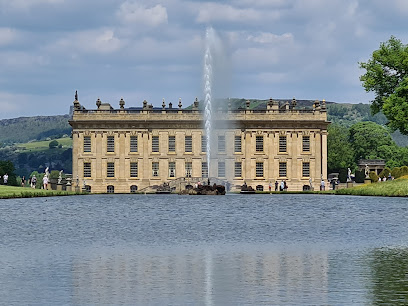
National Trust - Calke Abbey
Explore Calke Abbey, a captivating manor house in Derbyshire surrounded by enchanting gardens and rich history, perfect for all types of travelers.
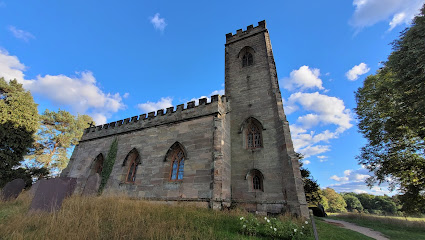
Bolsover Castle
Explore the majestic Bolsover Castle: a captivating heritage site in Chesterfield filled with history, stunning architecture, and breathtaking gardens.
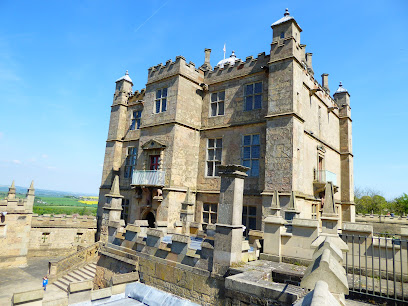
National Trust - Ilam Park
Discover the natural beauty and rich history of Ilam Park in the Peak District, a perfect escape for nature lovers and outdoor enthusiasts.
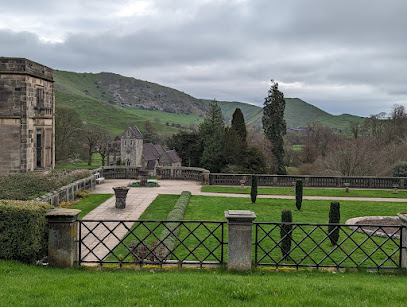
Heights of Abraham
Discover the breathtaking Heights of Abraham, a mountain cable car attraction in the Peak District offering stunning views, engaging history, and delightful outdoor experiences.
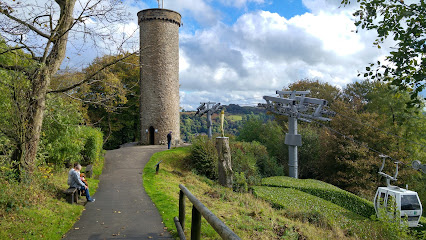
Poole's Cavern
Discover the breathtaking underground beauty of Poole's Cavern in the Peak District, a natural wonder with stunning landscapes and rich history.
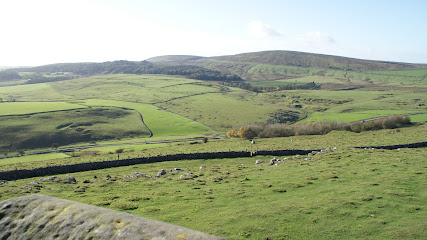
Peak Cavern
Explore the enchanting Peak Cavern in the Peak District, a natural wonder with stunning geological formations and rich history.
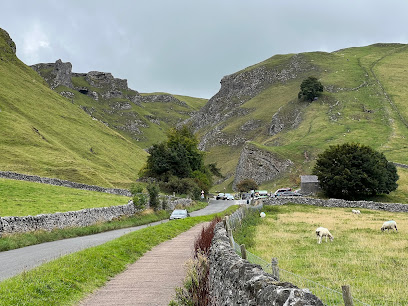
Thor's Cave
Discover Thor's Cave in the heart of Peak District National Park, a scenic hiking destination with stunning views and rich geological history.
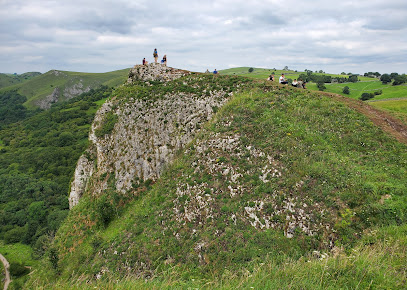
Haddon Hall
Discover Haddon Hall, a historical gem in the Peak District, featuring stunning architecture, beautiful gardens, and a taste of traditional English cuisine.
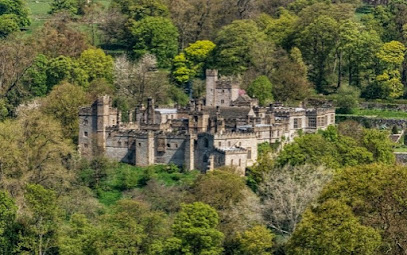
Blue John Cavern
Uncover the geological wonders of Blue John Cavern in the Peak District, a breathtaking tourist attraction featuring rare Blue John stone and stunning landscapes.
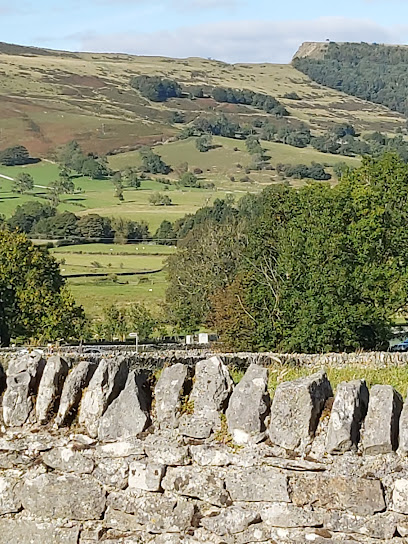
Lud's Church
Discover the enchanting Lud's Church in the Peak District, a natural wonder with rich history and stunning hiking trails.
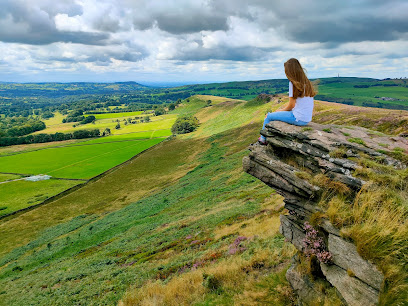
National Trust - Padley Gorge
Experience the breathtaking landscapes and rich history of Padley Gorge, a national reserve in the heart of the Peak District, ideal for nature lovers and adventurers.
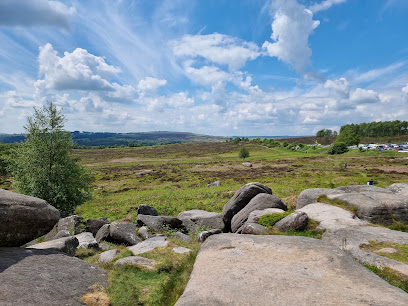
Treak Cliff Cavern
Explore the enchanting Treak Cliff Cavern in the Peak District, home to stunning geological formations and the rare Blue John stone, perfect for all adventurers.
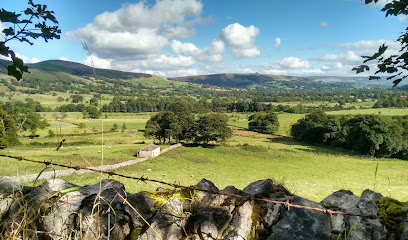
Peveril Castle
Explore the ancient Peveril Castle in the Peak District, a historical gem offering stunning views and a rich medieval heritage.

High Peak Junction
Discover the natural beauty and rich history at High Peak Junction, the gateway to the stunning Peak District.
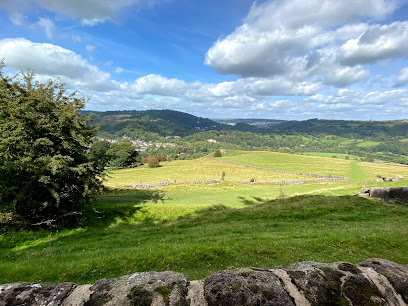
Unmissable attractions to see
Chatsworth House
Experience the elegance of Chatsworth House, a historical manor with breathtaking gardens and rich heritage in the heart of the Peak District.
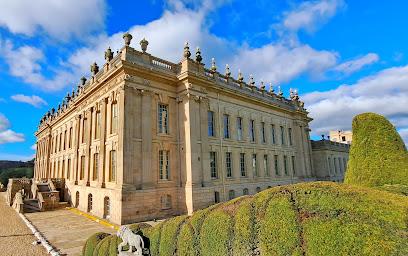
AO Arena
Unleash your passion for live entertainment at AO Arena, Manchester's premier venue for concerts, sports events, and cultural experiences.

Chatsworth House
Discover the grandeur of Chatsworth House, a historical gem in Derbyshire, surrounded by stunning gardens and rich heritage.

Trentham Estate
Experience the serene beauty and vibrant activities at Trentham Estate, a must-visit destination in Stoke-on-Trent for nature lovers and shoppers alike.
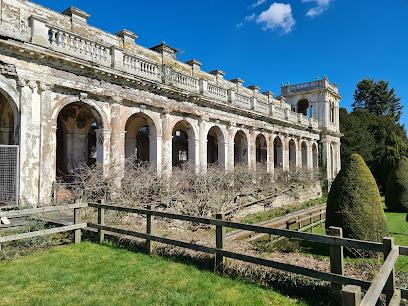
The Pavilion Gardens
Discover the natural beauty and rich history of The Pavilion Gardens in Buxton, a perfect retreat for relaxation and inspiration.
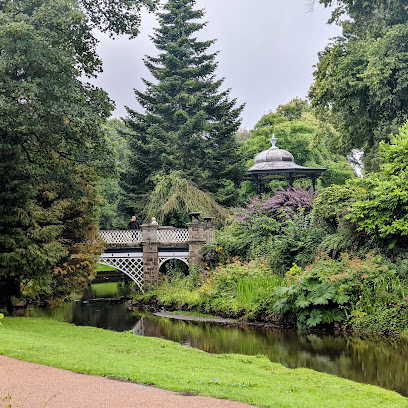
Bolsover Castle
Explore the majestic Bolsover Castle, a historical treasure in the heart of Derbyshire, offering stunning architecture and rich heritage.
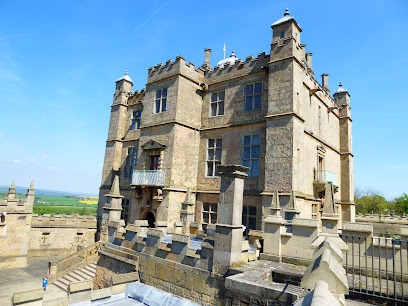
Peak Wildlife Park
Explore Peak Wildlife Park: An enchanting wildlife haven with exotic animals and a fun indoor playground for the entire family.
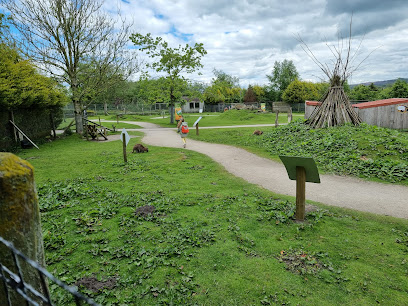
National Trust - Ilam Park
Experience the breathtaking landscapes and historical charm of Ilam Park, a must-visit destination in the Peak District.
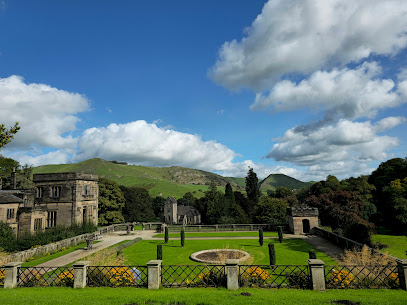
Heights of Abraham
Experience breathtaking views and rich history at the Heights of Abraham, a premier tourist attraction in Derbyshire's stunning landscape.
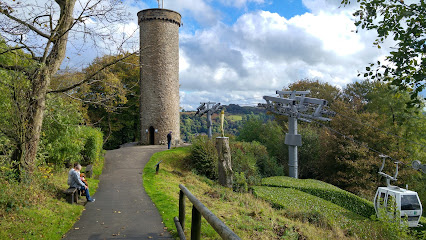
Alton Towers Waterpark
Experience a world of water adventures at Alton Towers Waterpark, where fun, relaxation, and excitement await every visitor.

Poole's Cavern
Discover the captivating underground world of Poole's Cavern, a stunning limestone cave in Buxton, offering breathtaking formations and rich history.
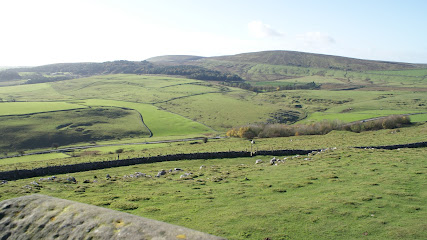
Speedwell Cavern
Uncover the breathtaking beauty of Speedwell Cavern, a remarkable underground experience in the Peak District, perfect for adventurers and nature enthusiasts alike.
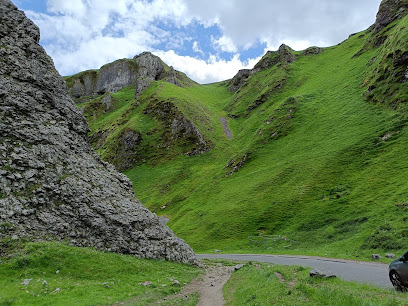
Castleton Visitor Centre
Explore the beauty of the Peak District at Castleton Visitor Centre, your gateway to local history, stunning landscapes, and outdoor adventures.

Peak Cavern
Discover the enchanting world of Peak Cavern, a geological wonder in the heart of the Peak District, rich in history and natural beauty.
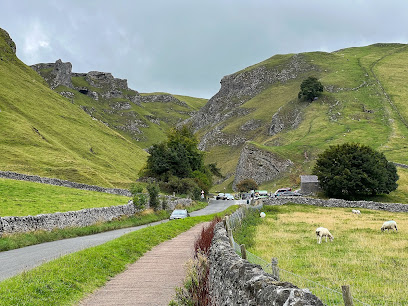
Pavilion Gardens, Buxton
Explore the enchanting Pavilion Gardens in Buxton, a serene park filled with history, stunning landscapes, and vibrant floral displays.
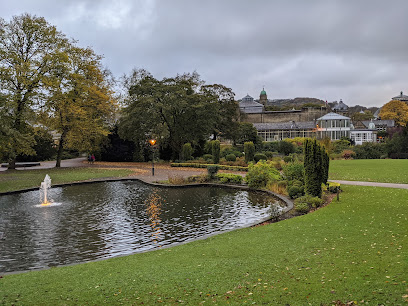
Essential places to dine
The Peacock At Barlow
Discover The Peacock At Barlow - A scenic pub offering delicious breakfasts and stunning views over Low Peak District.
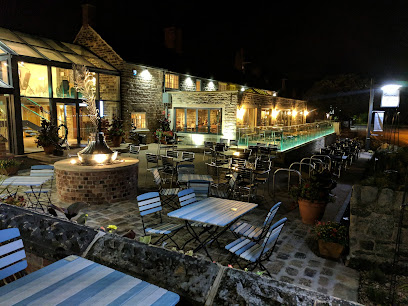
Ye Olde Nags Head
Experience authentic British cuisine at Ye Olde Nags Head in Castleton - a historic pub surrounded by breathtaking Peak District landscapes.
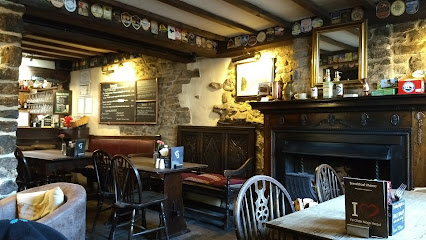
Ye Olde Cheshire Cheese Inn
Discover the charm of Ye Olde Cheshire Cheese Inn in Hope Valley - where tradition meets comfort amidst stunning Peak District scenery.
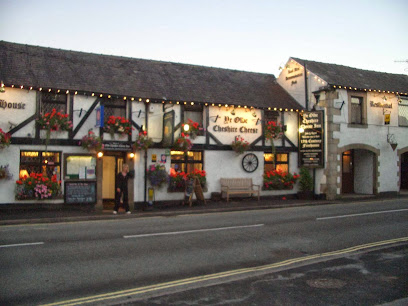
The Bulls Head
Experience authentic British hospitality at The Bulls Head in Monyash – where hearty meals meet local charm.
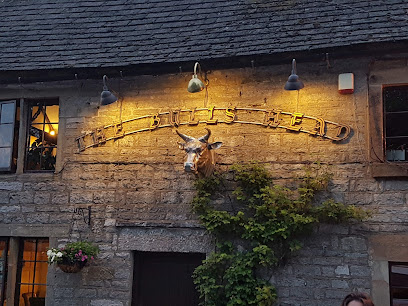
Old Hall Inn
Discover the perfect blend of tradition and comfort at Old Hall Inn in High Peak – your gateway to authentic English dining and hospitality.
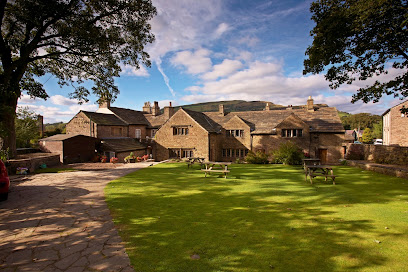
The Manners, Bakewell
Experience traditional British cuisine at The Manners in Bakewell - where great food meets warm hospitality amidst stunning Peak District scenery.
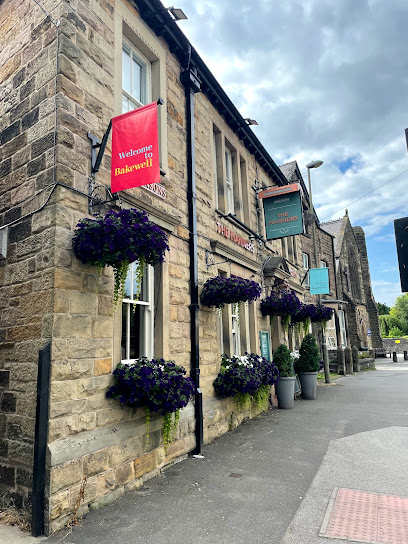
The Little Mill @ Rowarth
Experience authentic British hospitality at The Little Mill @ Rowarth in the stunning Peak District with delicious food and cozy accommodations.
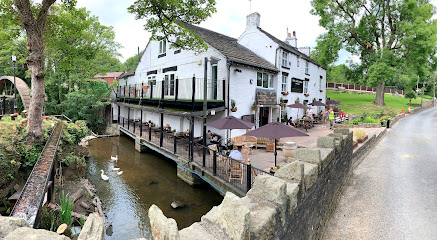
The Lamb Inn
Experience traditional British hospitality at The Lamb Inn in Chinley—where hearty meals meet cozy accommodations amidst stunning Peak District scenery.

The Woodyard
Discover exquisite flavors at The Woodyard in Bakewell – where local ingredients meet heartfelt hospitality.
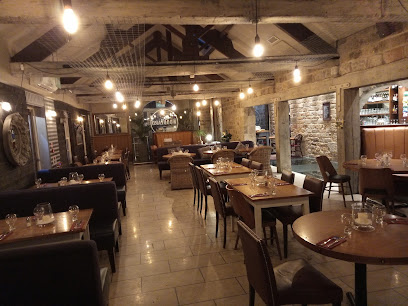
The Anchor Inn
Experience authentic British hospitality at The Anchor Inn in Tideswell – enjoy hearty meals, local brews, and stunning countryside views.
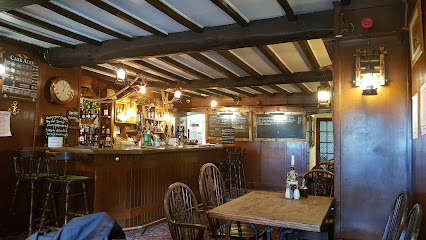
The Manifold Inn
Experience rustic charm at The Manifold Inn, where delightful dining meets cozy accommodations amidst the stunning landscapes of the Peak District.

The Tickled Trout
Experience authentic British cuisine at The Tickled Trout in Dronfield - where fresh ingredients meet traditional flavors.
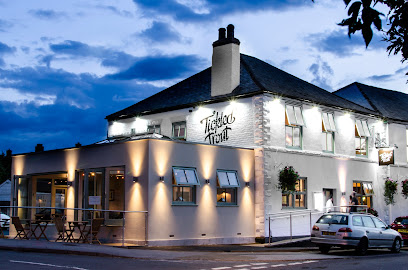
The Pack Horse Hayfield
Experience traditional British pub culture at The Pack Horse Hayfield with exquisite food and local ales in stunning Peak District surroundings.
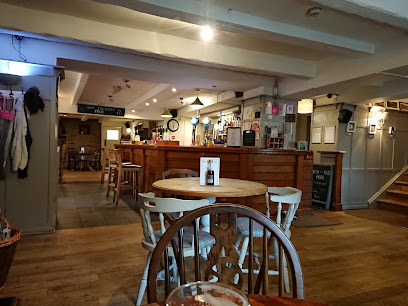
The Prince of Wales Baslow
Discover The Prince of Wales Baslow: A premier dining destination offering exquisite British cuisine and a vibrant atmosphere in picturesque Derbyshire.
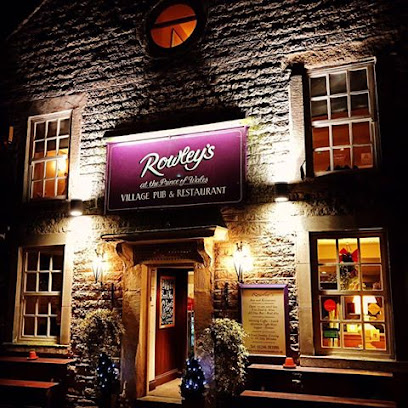
The Crispin
Discover delightful dining at The Crispin in Great Longstone – where traditional pub charm meets modern culinary excellence amidst stunning Peak District scenery.
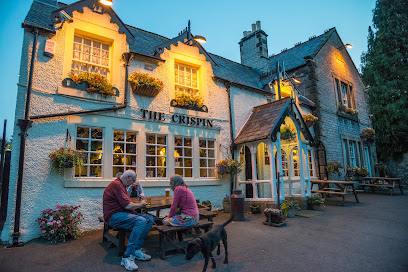
Markets, malls and hidden boutiques
The Old Original Bakewell Pudding Shop
Experience the original Bakewell pudding at The Old Original Bakewell Pudding Shop, a sweet slice of Bakewell's culinary heritage.
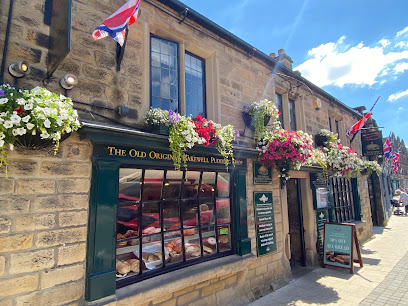
High Peak Bookstore and Cafe
Discover the perfect blend of literature and culinary delights at High Peak Bookstore and Café in Buxton, a haven for book lovers and food enthusiasts.

Peak Village
Explore Peak Village, a charming shopping center in the heart of Derbyshire's countryside, offering unique shops, delightful eateries, and breathtaking views.
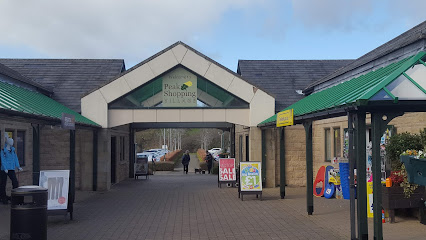
Outside.co.uk
Discover the ultimate outdoor experience at Outside.co.uk, your go-to shop for adventure gear and a cozy café in the heart of the Peak District.
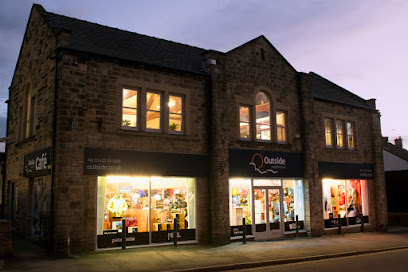
Cavendish Arcade
Explore the historic Cavendish Arcade in Buxton for a unique shopping experience filled with charming boutiques and delightful cafes.
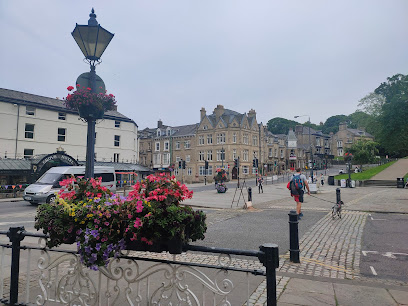
Chatsworth Estate Farm Shop
Explore the culinary delights of Chatsworth Estate Farm Shop, where local produce meets artisanal excellence in a picturesque setting.
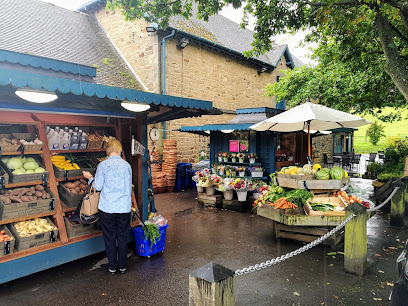
Derbyshire Gift Centre
Explore Derbyshire Gift Centre for unique gifts, delightful toys, and a cozy café in the heart of Hope Valley.
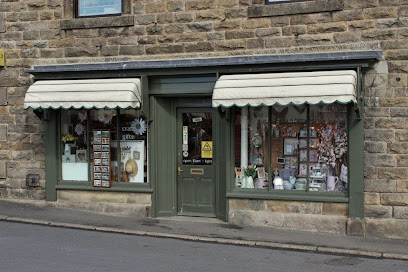
Punnydukes
Explore Punnydukes in Matlock, a gift shop filled with unique, humorous items perfect for souvenirs and creative gifts.

The Derbyshire Emporium
Explore The Derbyshire Emporium in Bakewell for unique gifts and a cozy café experience, celebrating local craftsmanship and flavors.
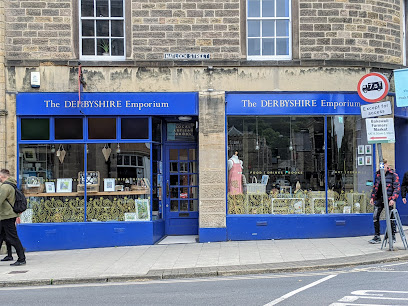
The Springs Shopping Centre
Discover a delightful shopping experience at The Springs Shopping Centre in Buxton, where unique finds and local charm await.
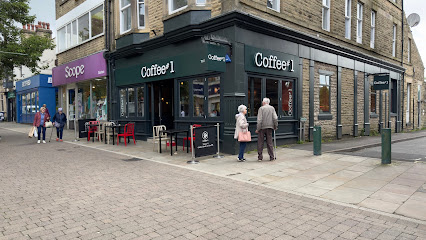
Jo Royle Outdoor
Discover the essential outdoor gear and expert advice at Jo Royle Outdoor in Buxton, your gateway to Peak District adventures.
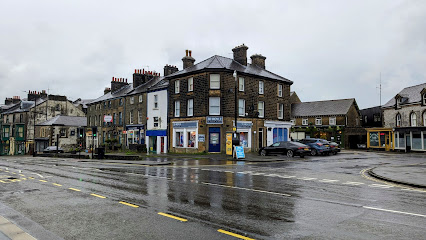
The Outdoor Shop
Discover top-quality outdoor clothing and equipment at The Outdoor Shop in Hope Valley, your essential stop for all adventure needs in the Peak District.

The Old Barn
Discover unique gifts and outdoor essentials at The Old Barn, your go-to shop in Castleton for exploring the scenic Hope Valley.
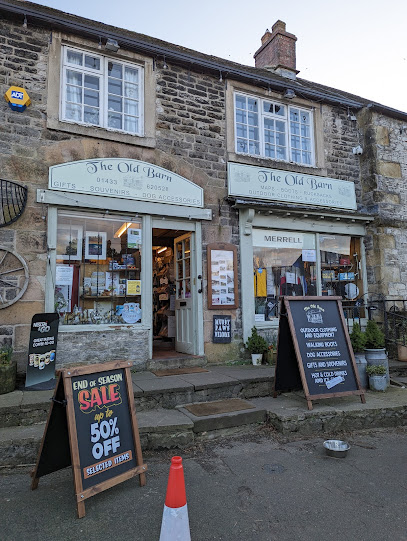
Bluebird’s Nest UK
Explore the charming Bluebird’s Nest gift shop in Chapel-en-le-Frith for unique treasures that capture the essence of the High Peak region.

Delightful Living
Explore Delightful Living, Eyam's charming gift shop offering unique handcrafted treasures from local artisans in a picturesque setting.
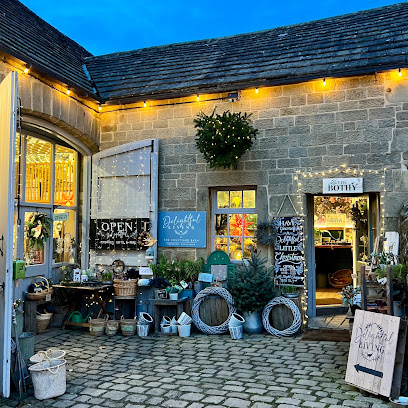
Essential bars & hidden hideouts
Ladybower Inn
Experience the warmth of Ladybower Inn, a cozy retreat in Hope Valley, offering local cuisine, scenic views, and outdoor adventures in the Peak District.
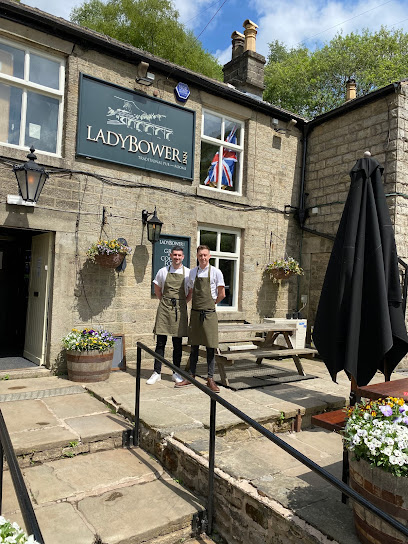
The Rambler Inn
Experience the charm of The Rambler Inn in Hope Valley, where hearty meals and local ales welcome you after a day of Peak District adventures.
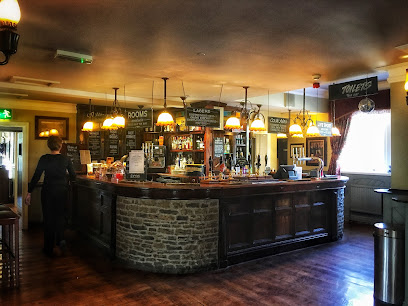
The Royal Oak | Peak District
Discover the charm of The Royal Oak in the Peak District, where traditional pub fare meets breathtaking natural beauty.

Buxton Brewery Tap House & Cellar Bar
Discover the heart of Buxton's brewing scene at Buxton Brewery Tap House & Cellar Bar, where local flavors and warm hospitality await.
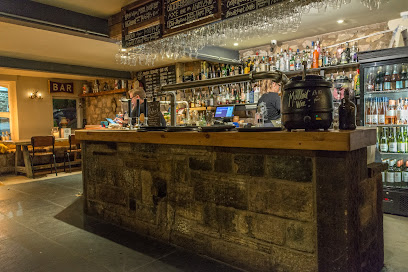
The George
Experience the charm of Castleton at The George, a cozy pub and inn offering delightful meals and comfortable lodging in the heart of the Peak District.
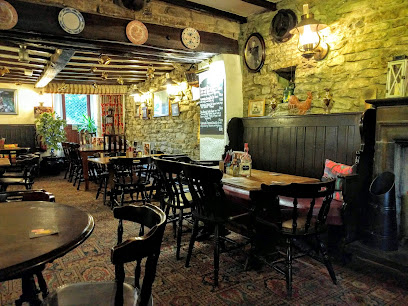
Ye Olde Nags Head
Experience traditional British hospitality at Ye Olde Nags Head, a historic pub and inn in the heart of Castleton, Peak District.
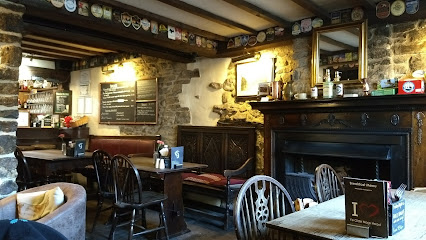
Ye Olde Cheshire Cheese Inn
Discover the historic Ye Olde Cheshire Cheese Inn in Castleton, where traditional hospitality meets local culinary delights in the heart of the Peak District.
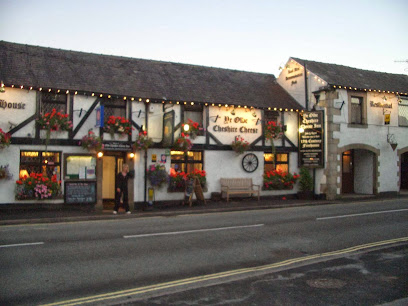
The Old Nags Head
Discover the rustic charm of The Old Nags Head, a traditional pub in Edale, where local ales and hearty meals await amid stunning Peak District scenery.
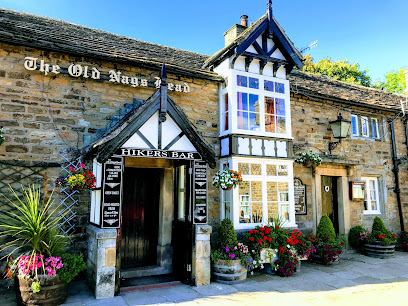
Bulls Head, Castleton
Discover the charm of Bulls Head in Castleton, a gastropub offering delicious meals, local ales, and a beautiful beer garden in the heart of Hope Valley.
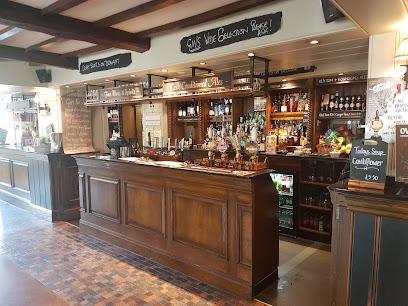
The Castle
Experience the charm of The Castle pub in Castleton, where history meets hearty British cuisine and stunning views of the Hope Valley.

The Bulls Head
Experience authentic British hospitality and delicious cuisine at The Bulls Head, a charming pub in the heart of Monyash.
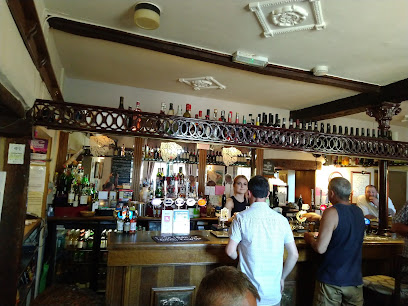
The Manners, Bakewell
Experience the charm of The Manners in Bakewell, where great food, local ales, and warm hospitality await every visitor.
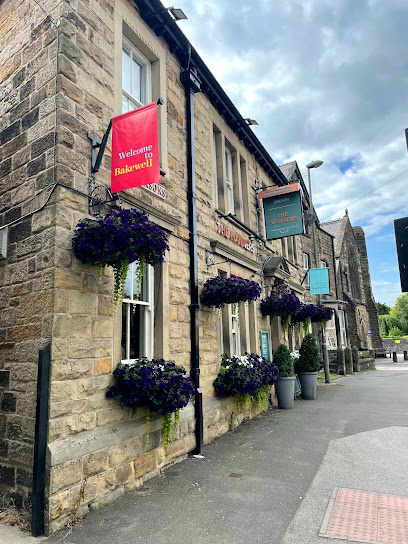
Wheatsheaf Pub and Pantry
Experience the charm of Bakewell at Wheatsheaf Pub and Pantry, where local flavors meet a warm, inviting atmosphere.
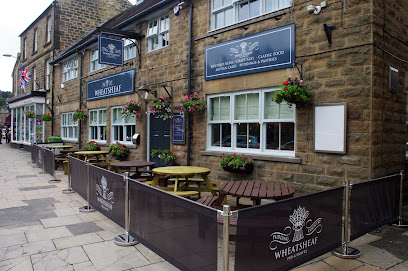
Anglers Rest
Discover the delightful Anglers Rest pub in Millersdale, where rustic charm meets delicious local cuisine amidst stunning Peak District views.
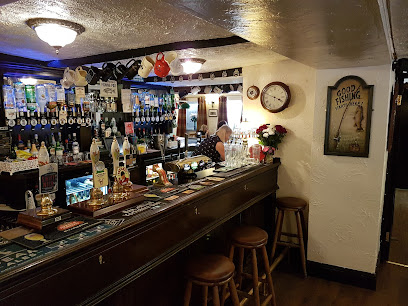
The Packhorse Inn
Experience the warmth of English hospitality at The Packhorse Inn, a charming pub in Little Longstone, perfect for enjoying local ales and traditional cuisine.
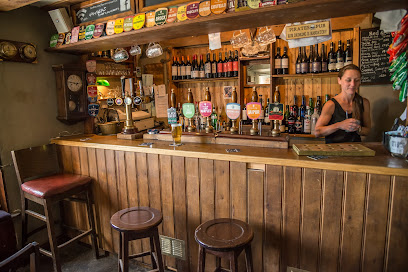
Local Phrases about Peak District
-
- HelloAy up
[ay up] - GoodbyeTa-ra
[ta-ra] - YesAye
[aye] - NoNah
[nah] - Please/You're welcomePlease: Ta / You're welcome: Nae both'r
[please: ta / you're welcome: nae both'r] - Thank youCheers
[cheers] - Excuse me/SorryPardon
[pardon] - How are you?Ow do?
[ow do] - Fine. And you?Aye, not bad. You?
[aye, not bad. you?] - Do you speak English?D'ya speak English?
[d'ya speak English?] - I don't understandI dunno get ya
[i dunno get ya]
- HelloAy up
-
- I'd like to see the menu, pleaseCan I 'av a butchers at the menu, please
[can I 'av a butchers at the menu, please] - I don't eat meatI'm veggie
[i'm veggie] - Cheers!Chin-chin!
[chin-chin] - I would like to pay, pleaseCan I settle up, please
[can I settle up, please]
- I'd like to see the menu, pleaseCan I 'av a butchers at the menu, please
-
- Help!Ay up!
[ay up] - Go away!Clear off!
[clear off] - Call the Police!Ring the Rozzers!
[ring the rozzers] - Call a doctor!Get a quack!
[get a quack] - I'm lostI'm neshed
[i'm neshed] - I'm illI feel rough
[i feel rough]
- Help!Ay up!
-
- I'd like to buy...I'll tek...
[i'll tek] - I'm just lookingI'm just 'avin a gander
[i'm just 'avin a gander] - How much is it?Ow much?
[ow much] - That's too expensiveThat's a bit steep
[that's a bit steep] - Can you lower the price?Can you do it cheaper?
[can you do it cheaper]
- I'd like to buy...I'll tek...
-
- What time is it?What's the toime?
[what's the toime] - It's one o'clockIt's 'alf past one
[it's 'alf past one] - Half past (10)'Alf past ten
['alf past ten] - MorningMornin'
[mornin] - AfternoonAfternoon
[afternoon] - EveningEvenin'
[evenin] - YesterdayYesterday
[yesterday] - TodayToday
[today] - TomorrowTomorrow
[tomorrow] - 1One
[one] - 2Two
[two] - 3Three
[three] - 4Four
[four] - 5Five
[five] - 6Six
[six] - 7Seven
[seven] - 8Eight
[eight] - 9Nine
[nine] - 10Ten
[ten]
- What time is it?What's the toime?
-
- Where's a/the...?Where's t'...
[where's t'] - What's the address?What's t' address?
[what's t' address] - Can you show me (on the map)?Can you show me (on the map)?
[can you show me (on the map)] - When's the next (bus)?When's t' next (bus)?
[when's t' next (bus)] - A ticket (to ....)A ticket (to ....)
[a ticket (to ....)]
- Where's a/the...?Where's t'...
History of Peak District
-
The Peak District has been inhabited since the Mesolithic era, around 10,000 years ago. Evidence of early human activity includes flint tools and ancient burial mounds, such as those found at Arbor Low, a Neolithic stone circle and henge monument. The area's limestone caves, such as those at Creswell Crags, also contain some of the oldest known cave art in Britain, dating back to the last Ice Age.
-
During the Roman occupation of Britain, the Peak District was traversed by several important Roman roads, including the route from Buxton (Aquae Arnemetiae) to Derby (Derventio). The Romans established forts and settlements in the region, with notable sites including the Navio fort near Brough and the aqueduct at Buxton, which supplied water to the thermal baths.
-
Following the Norman Conquest of 1066, the Peak District became part of the Royal Forests, hunting grounds reserved for the king and nobility. Castles such as Peveril Castle in Castleton were constructed to assert Norman control over the area. The medieval period also saw the growth of monastic communities, with abbeys like Roche Abbey and Lenton Priory exerting influence over the local economy and landscape.
-
The Industrial Revolution brought significant change to the Peak District, particularly in the 18th and 19th centuries. The region became a hub for textile mills, lead mining, and quarrying. The construction of the Cromford Canal and the Peak Forest Canal facilitated the transport of materials, while the arrival of the railways in the 19th century further boosted industrial activity. Notable industrial heritage sites include the Derwent Valley Mills, a UNESCO World Heritage Site.
-
The Peak District holds the distinction of being the first designated national park in the United Kingdom, established on April 17, 1951. This designation was the result of a long campaign to preserve the natural beauty and cultural heritage of the area. The Kinder Scout Mass Trespass of 1932, where ramblers protested for the right to access open countryside, played a pivotal role in the movement toward creating national parks.
-
The Peak District is rich in cultural heritage and traditions, including the unique well dressing ceremonies, which involve the decoration of wells with intricate designs made from natural materials. This tradition is thought to have pagan origins and has been practiced for centuries, particularly in villages like Tissington and Eyam. The area is also known for its traditional music and dance, with events such as the Buxton Festival celebrating the region's artistic heritage.
Peak District Essentials
-
The Peak District is centrally located in England and is accessible from several major cities. The nearest major airports are Manchester Airport and East Midlands Airport. From Manchester, you can take a direct train to the Peak District with journeys typically lasting around 1 hour. From London, you can take a train from St Pancras International to Sheffield or Chesterfield, followed by a local train or bus. Driving is also an option, with major motorways such as the M1 and M6 providing easy access.
-
Public transportation in the Peak District includes buses and trains that connect key towns and villages. The Hope Valley Line is particularly useful, running between Sheffield and Manchester and stopping at several popular destinations. Renting a car can provide more flexibility for exploring remote areas. Cycling is another popular way to get around, with many dedicated bike paths and trails. Taxis and ride-sharing services are available but may be limited in more rural areas.
-
The official currency in the United Kingdom is the British Pound Sterling (GBP). Credit and debit cards are widely accepted, but it's advisable to carry some cash for smaller establishments and rural areas. ATMs are available in most towns and villages. Contactless payments and mobile payment options such as Apple Pay and Google Pay are also commonly accepted.
-
The Peak District is generally a very safe area for tourists. Petty crime rates are low, but it's still wise to take standard precautions such as keeping an eye on your belongings in crowded places and avoiding isolated areas after dark. There are no specific high-crime areas targeting tourists, but always stay vigilant and aware of your surroundings.
-
In case of an emergency, dial 999 for police, fire, or medical assistance. The Peak District has several hospitals and medical centers in towns like Buxton, Chesterfield, and Derby. It is advisable to have travel insurance that covers medical emergencies. Pharmacies are available in most towns for minor health issues and over-the-counter medications.
-
Fashion: Do wear practical clothing suitable for walking and hiking. Layers are advisable due to variable weather. Avoid wearing flashy jewelry. Religion: Do respect local customs when visiting religious sites. Dress modestly and remain quiet. Public Transport: Do be respectful to fellow passengers and follow local etiquette. Don’t play loud music or take up extra seats with bags. Greetings: Do greet people with a smile or a simple 'hello.' A handshake is common in formal settings. Eating & Drinking: Do try local delicacies and always be polite when dining. Don’t leave a mess behind, especially in outdoor areas.
-
To experience the Peak District like a local, visit traditional pubs and try local ales. Engage with locals, who are often very friendly and knowledgeable about the area. Take part in local events and festivals to immerse yourself in the culture. Don't miss out on visiting lesser-known villages and walking trails to discover hidden gems. The Peak District National Park Visitor Centres can provide valuable information and tips for your visit.
Trending Landmarks in Peak District
Nearby Cities to Peak District
-
Things To Do in Manchester
-
Things To Do in Nottingham
-
Things To Do in Leeds
-
Things To Do in Chester
-
Things To Do in Liverpool
-
Things To Do in York
-
Things To Do in Birmingham
-
Things To Do in Stratford-upon-Avon
-
Things To Do in Durham
-
Things To Do in Oxford
-
Things To Do in Cambridge
-
Things To Do in Newcastle upon Tyne
-
Things To Do in Onchan
-
Things To Do in Laxey
-
Things To Do in Douglas













